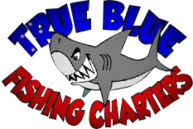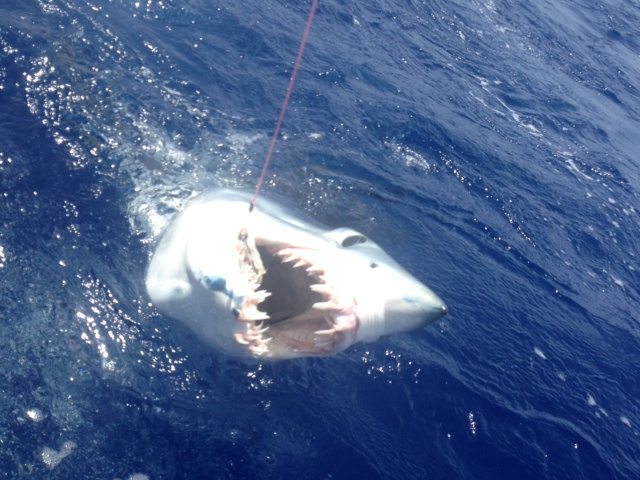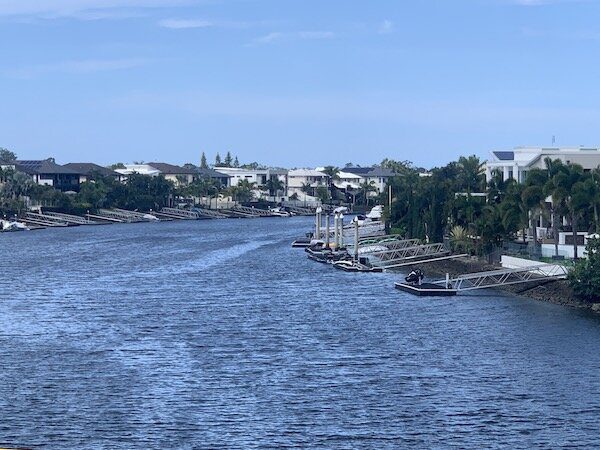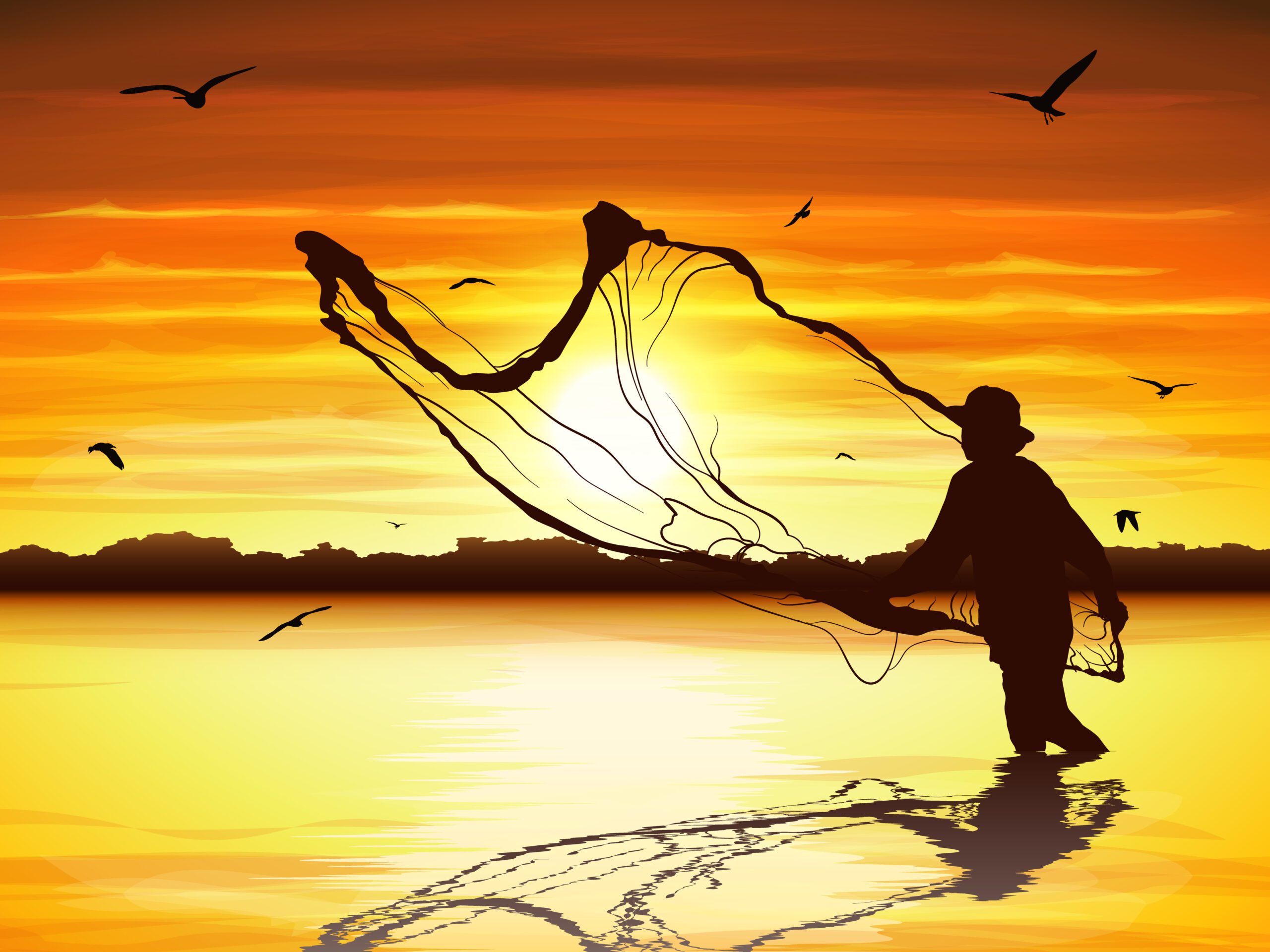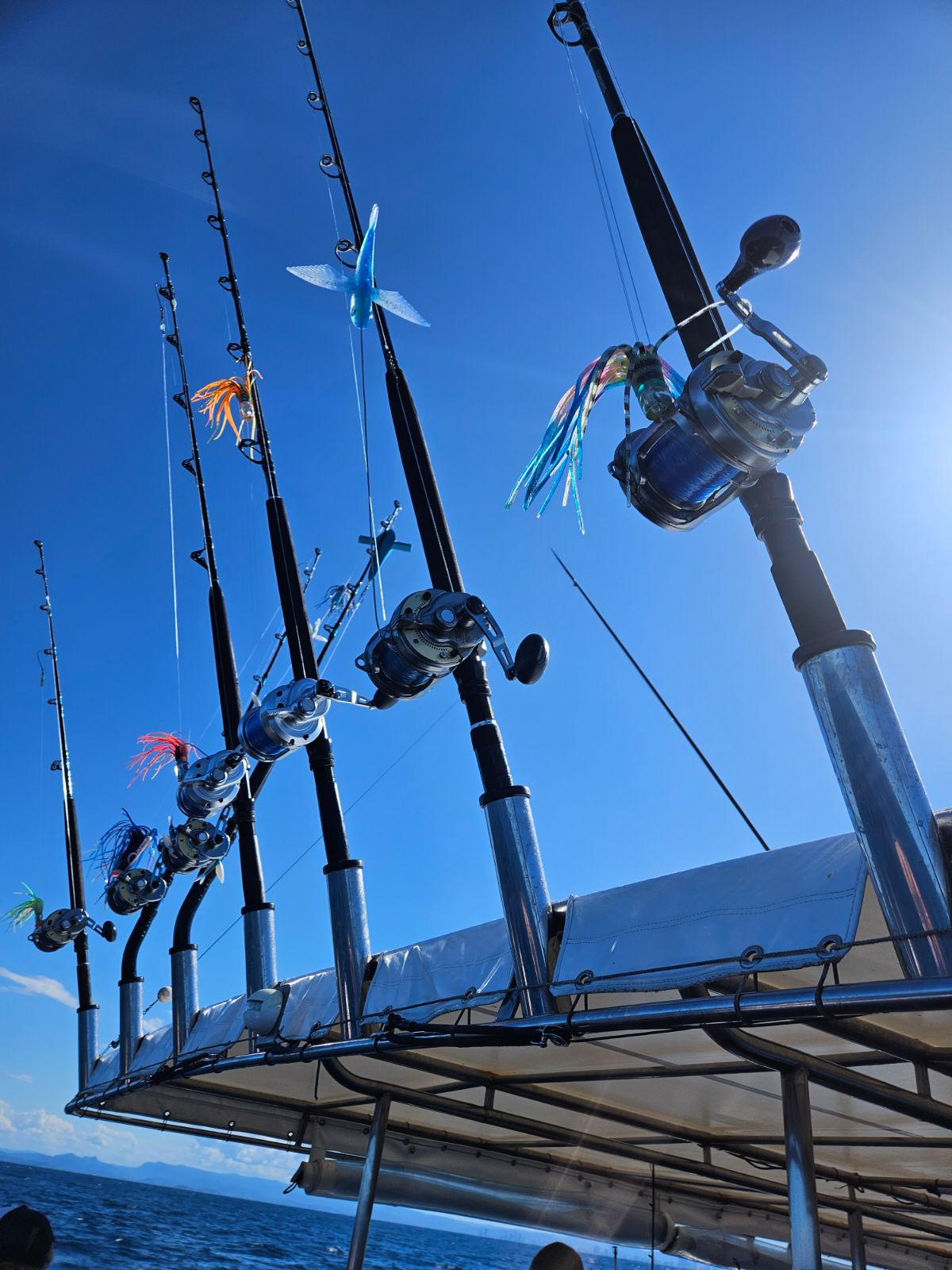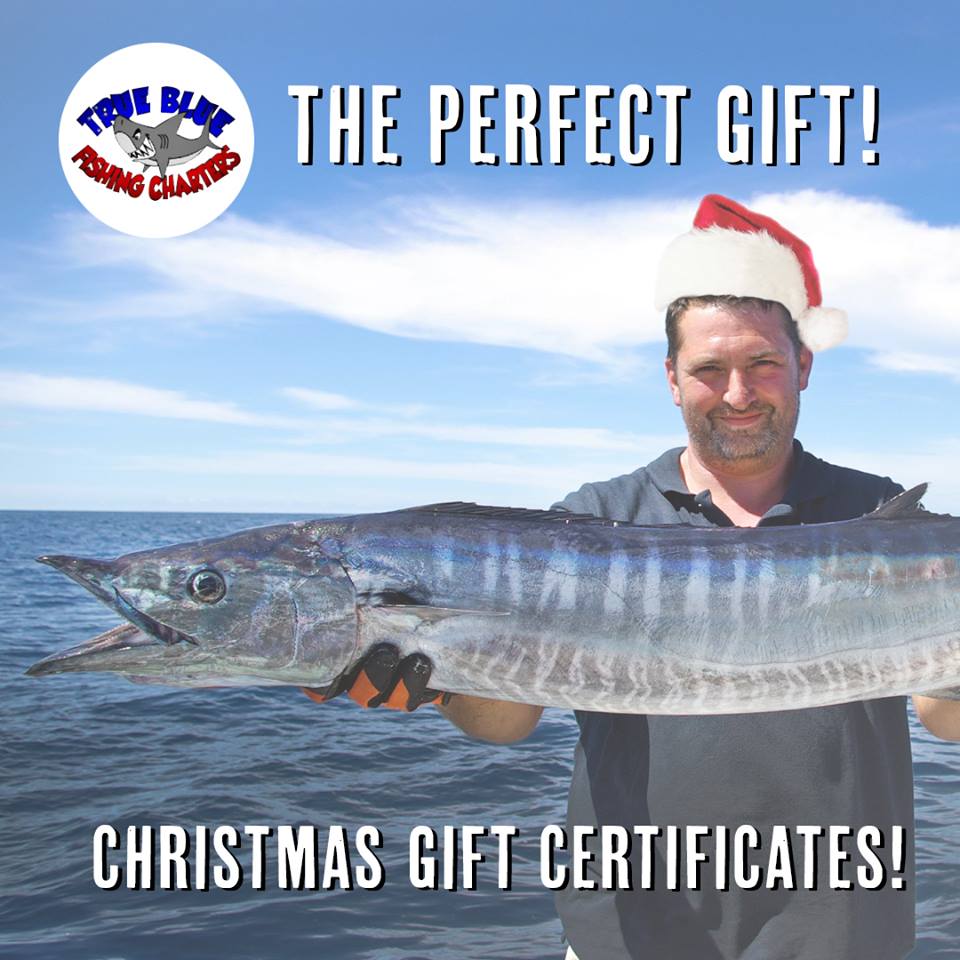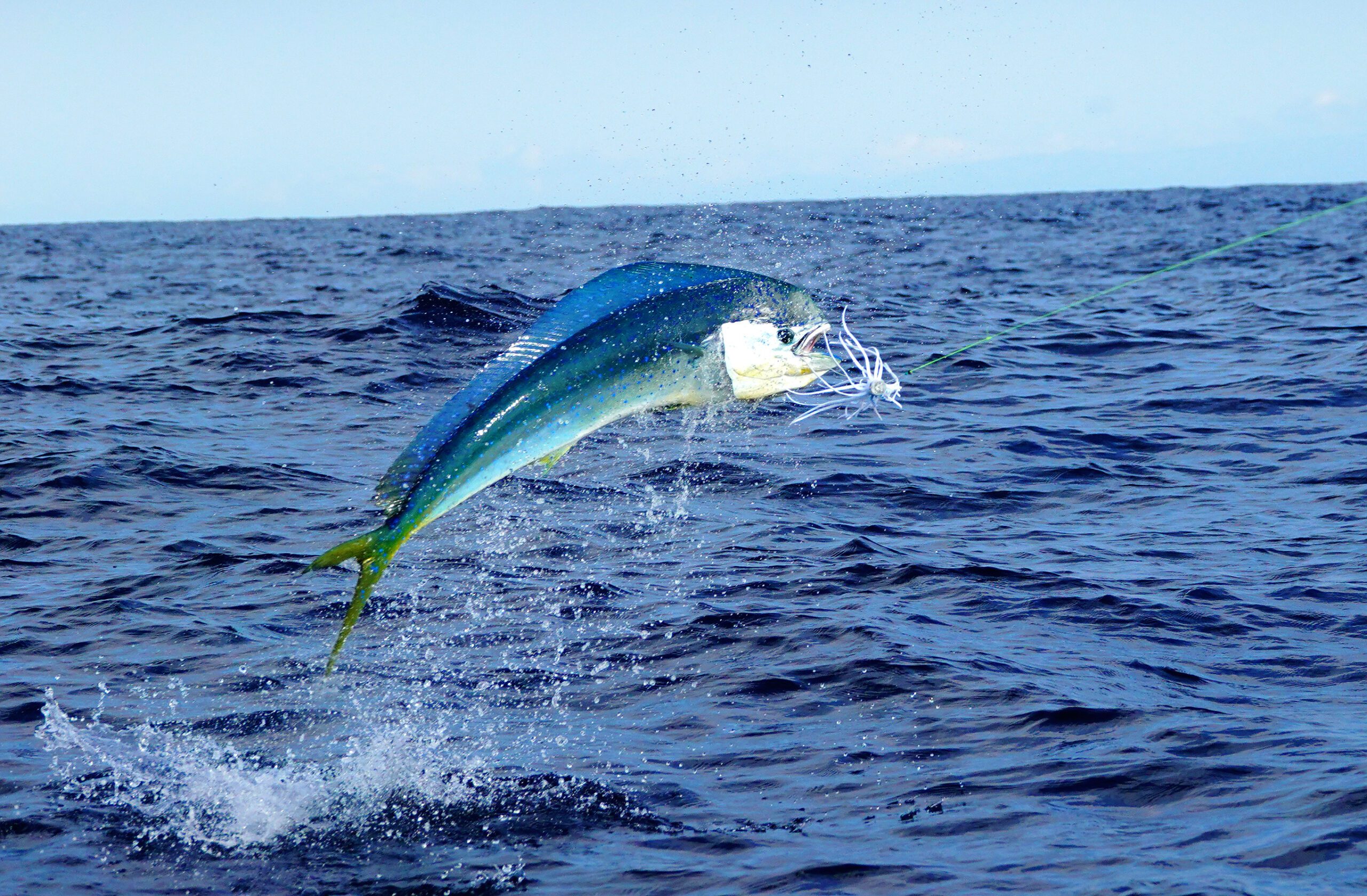Shark Fishing Gold Coast
True blue fishing are the gold coasts leading provider of Shark fishing charters and tours.
Feel the power as a 300kg man eater takes the bait, prepare for hours of brutal combat as we do battle with some of the biggest sharks Australia has to offer, We actively target and catch a variety of species of sharks including Bronze whalers, Tigers, Hammerheads, Mako’s, Bull sharks and more.
Our experienced owner operators will blast you out to the local reefs on board our modern fibreglass vessels “Seaquest and Fat Hooker”, once anchored on the reef you will be briefed on the use of the equipment and the baits will be set, we will then begin chumming/burleying the water to attract the sharks to the baits. Experience the adrenaline rush as the reel screams and the shark makes a run for it. once the hook is set we will harness you up and the battle begins, you choose to go it alone or share the rod between the group, our Gold coast shark fishing charters are a great team building exercise and are excellent for corporate and sporting groups alike.
Target Species
Mako Sharks
Mako sharks grow to a full-grown length of 1.80–3.5 m (6–11 ft) and to a weigh up to400 kg (880 lb). The largest recorded Mako was said to be 1,000 kg (2,200 lb) and 4 m (13.2 ft), although the largest confirmed size is 3.96 m (13 ft) and 794 kg (1,750 lb). It has a bluish back and white underside. Although the sexes grow at about the same rate, females are thought to have a longer life span, and grow larger and weigh more than the males. Mako’s are renowned for their speed and their ability to leap out of the water. Mako sharks have a better hydrodynamic shape than all other sharks, giving this species.spectacular speed and agility. A fast hard fighting machine, expect lightening fast reel smoking runs while doing battle with the legendary mako shark.
The Mako shark feeds mainly upon bony fish species including mackerel, tuna, bonito,and yelow tail scad, but it may also eat other sharks, porpoises, sea turtles, and sea birds. Mako sharks respond well to burley, for bait we use mackerel tuna, Slimy mackerel and other fish flesh baits on our Gold coast shark fishing charters.
Bull Sharks
The Bull shark, Carcharhinus leucas, is a shark common worldwide in warm, shallow waters along coasts and in rivers. The bull shark is well known for its unpredictable, often aggressive behavior. Many scientists agree that since bull sharks often dwell in shallow waters, they may be more dangerous to humans than any other species of shark, Unlike most other marine sharks, bull sharks tolerate fresh water. The bull shark is found all over the world in many different areas and has been known to travel long distances. The bull shark is common in the coastal areas of warm oceans, in rivers and lakes, and occasionally streams if they are deep enough in both salt and fresh water. It is found to a depth of 150 m, but does not usually swim deeper than 50 m. Bull sharks are commonly found in Brisbane rivers, Gold coast canals and on close Gold coast offshore reef systems.
Bull sharks are large and chunky. Males can reach 2.1 m (6 ft 11 in) and weigh 91 kg (200 lb). Females can be much larger up to 4 m (13 ft 1 in) and 318 kg (700 lb).
Their diet includes fish, other sharks, rays, dolphins, turtles, birds, molluscs, echinoderms, and crustaceans. Virtually any animal within a reasonable size range may be preyed on by this species. Bull sharks have been known to use the bump-and-bite technique when attacking their prey.
Most of our bull sharks are caught on the Gold coasts close reefs less than a couple of miles from shore, they are an extremely hard fighting shark, prepare for a long drawn out deep fight while doing battle with big bulls.
Tiger Sharks
The Tiger shark, Galeocerdo cuvier, the second largest predatory shark (after the great white shark) is the only member of the genusGaleocerdo family. Tiger sharks when fully grown average 3.25 to 4.25 m (11 to 14 ft) long and weigh 385 to 635 kilograms (850 to 1,400 lb) It is found in many of the tropical and temperate regions of the world’s oceans, and is especially common around islands in the central Pacific. This shark is a solitary hunter, usually hunting at night. Its name is derived from the dark stripes down its body, which fade as the shark matures.
The tiger shark is a predator, known for eating a wide range of items. Its usual diet consists of fish, seals, birds, smaller sharks, squid, turtles, and dolphins. The tiger shark is widely reguarded as a fierce fighting shark, many hours of brutal combat required to get this one boat side.
Favourite baits include whole mack tuna, mullet and large slab baits.
Hammerheads
Hammerhead sharks belong to the Sphyrnidae family, so named for the unusual and distinctive shape of their heads, which are flattened “hammer” shape called a “cephalofoil”. continental shelves. Hammerheads range from 0.9 to 6 m long (3 to 20 feet). All the species have a projection on each side of the head that gives it a resemblance to a flattened hammer. The shark’s eyes and nostrils are at the ends of the head extensions.
Hammerheads have small mouths and seem to do a lot of bottom-hunting. They are also known to form schools during the day, sometimes in groups of over 100. In the evening, like other sharks, they become solitary hunters. hammerheads eat various species of fish and crustaceans, they are often caught on both live slimy mackerel and yellowtail. hammers are widely recognised as a worthy game fishing capture, great fun on light tackle.
Bronze whalers
The Bronze whaler Shark, Carcharhinus brachyurus, is a large shark of the Carcharhinidae family, found in subtropical seas and oceans worldwide, Their length is up to about 3.5 metres (11 ft) and they can weigh up to 300 kilograms (660 lb).Bronze whalers are extremely common on the Gold coasts offshore reefs,
The Bronze whaler has a blunt broad snout, narrow bent cusps on the upper teeth, and no interdorsal ridge. They are gray to bronze in colour on the back, and white below. The fins are similarly coloured except the pelvic fins, which have dusky tips, and the pectoral fins, which have dusky to black tips.
Bronze whalers are often seen close inshore feeding on schooling fish, such as salmon and tuna, frequently within the surf zone but they are also found around offshore reefs near deep water where they prey on squid as well as pelagic and bottom-dwelling fish.
Bronzies are extremely power full and love to slug it out down deep once hooked, battles with large bronze whalers can last up to three hours, bronze whalers are the most commonly captured shark on our Australian shark fishing adventures, they respond very well to burley.
Bait and Tackle
Rods and Reels
Gold coast shark fishing charters provide you with state of the art Shimano fishing tackle for your shark fishing adventure, we have a range of Tiagra lever drag reels fitted to custom made game fishing rods. Our tiagra 50Ws hold over 1000 metres of 37kg breaking strength monofilament line. we also have a range of tiagra 30s and 30Ws spooled with 15-24kg line.
For general bottom fishing we provide either penn senator overhead reels or Shimano spheros threadlines matched to appropriate rods with 15kg line.
Terminal tackle, traces etc.
Monster sharks are hard on tackle so only the best will do, a typical shark trace begins with 1 or 2 large super sharp hooks depending on bait sizes and species targeted, minimum size for hooks is 12/0, the hook is followed by 3-5 metres of 300kg breaking strain multi strand wire to prevent bite offs, a further 2-4 metres of 200kg jinkai mono is then added to the trace, giving a total trace length of 5-9 metres to ensure the shark cant wear through the main line with its tail. Our main line then has a plaited double of about 5 metres attached to the trace via a large ball bearing snap swivel. All traces and tackle are pre rigged by our crews before you arrive at the boat.
Gaff hooks and tag poles
We have a variety of gaff hooks and tag poles, ranging from small fixed head gaffs to monster flying gaffs, we rarely use gaffs these days as we prefer to tag and release rather than kill sharks for trophies, As of the 1st of july 2009 new laws will ban the killing of sharks over 1.5 metres long, so the gaffs will be retired and the tag poles will see more service. gaffs will always have a place for landing other large game fish. we like to release our sharks as humanely as possible with minmal injuries, we usually hold the beasts boat side to allow you to get photos and video footage for your personal memories, then we cut the trce as close to the sharks mouth as safely possible. Catch and release ensures a sustainable shark fishery for years to come and ensures that the future generations will also be able to experience the thrill and excitement of shark fishing.
Gimbal belts and harnesses
To say fighting large man eaters for hours on end is hard work, would be a massive under statement, to help ease the strain on you we provide black magic Gimbal belts and harnesses, this allows you to play the shark with ease and comfort.
Bait and burley (chum)
We use a variety of live and dead baits while shark fishing on the gold coast reefs, our favourite bait is whole mackerel tuna, the bigger the better!! our baits vary in size from 1/2 kg tuna fillets right up to whole tuna in excess of 10kgs.
We also use mullet, bonito and other oily flesh baits. preferred live baits include Bonito, slimy mackerel and yellowtail scad.
A good burley trail is essential to attract sharks to the baits, once we have set the baits burleying begins, both of our boats are equipped with burley pots and mashers. Any fish flesh makes good burley, where possible we use mack tuna flesh as its nice and oily and breaks up with ease when mashed in the pot.
